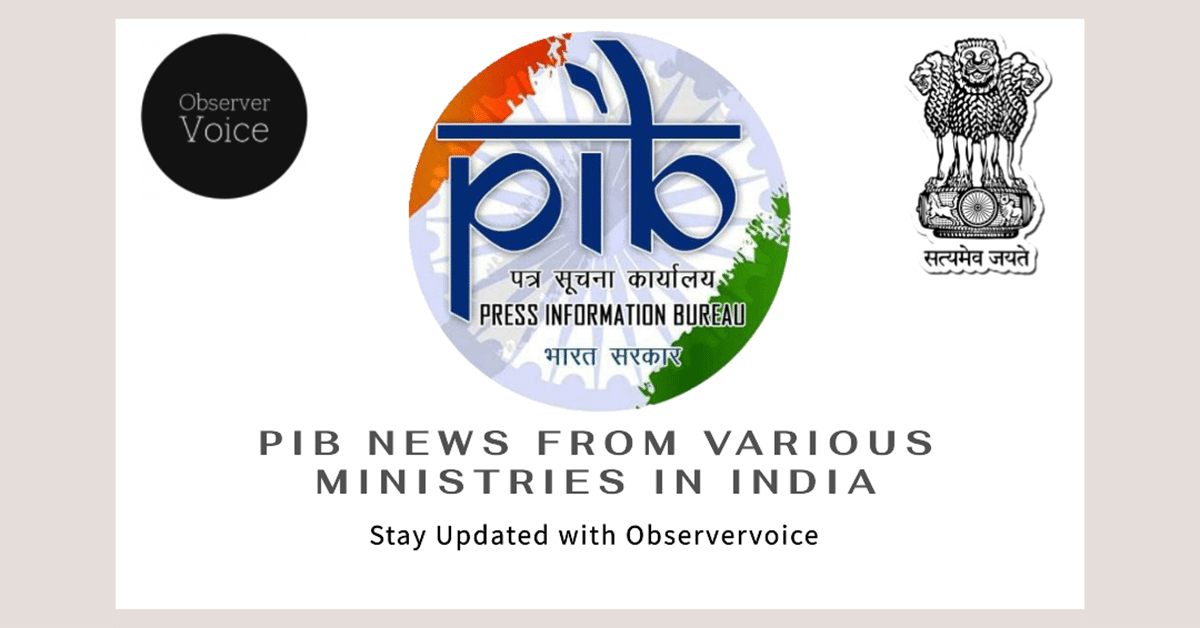Record Budget for Mahatma Gandhi NREGS

The Mahatma Gandhi National Rural Employment Guarantee Scheme (Mahatma Gandhi NREGS) is a pivotal initiative aimed at providing wage employment to rural households in India. The scheme is demand-driven, meaning it responds to the needs of the workforce. The government has committed to ensuring sufficient funds are available to meet this demand. For the financial year 2024-25, the budget allocation has reached an unprecedented Rs. 86,000 crores. This marks the highest allocation ever made under the Mahatma Gandhi NREGS since its inception. This article delves into the financial allocations, the timely payment of wages, and the ongoing efforts to enhance the scheme’s effectiveness.
Historical Financial Allocations
The Mahatma Gandhi NREGS has seen significant financial allocations over the years. The budget estimates, revised estimates, and actual fund releases for the last five financial years reveal a steady increase in funding. For instance, in the financial year 2019-20, the budget estimate was Rs. 60,000 crores, which was revised to Rs. 71,001.81 crores, with actual releases reaching Rs. 71,687.71 crores. The following years continued this trend, with the budget estimates for 2020-21 rising to Rs. 61,500 crores and revised estimates soaring to Rs. 1,11,500 crores.
In the financial year 2023-24, the budget estimate was Rs. 60,000 crores, which was revised to Rs. 86,000 crores. The actual release was Rs. 89,268.30 crores. As of January 28, 2025, the budget estimate for 2024-25 stands at Rs. 86,000 crores, with Rs. 82,421.05 crores already released. This consistent increase in funding reflects the government’s commitment to enhancing rural employment and supporting livelihoods.
Timely Wage Payments and Challenges
One of the key provisions of the Mahatma Gandhi NREGS is the timely payment of wages to beneficiaries. According to the scheme’s guidelines, workers are entitled to receive their wages within 15 days of the closure of the muster roll for their work. The government has established a detailed Standard Operating Procedure (SOP) to ensure that states adhere to this timeline.
To improve the efficiency of wage payments, the Ministry of Rural Development has undertaken several initiatives. These include upscaling the National Electronic Fund Management System (Ne-FMS) and conducting intensive consultations with state governments. The aim is to strategize on timely wage payments and verify pending compensation claims. Regular reviews during various meetings, such as the Annual Action Plan finalization and monthly reviews, also focus on the status of wage payments.
Despite these efforts, challenges remain. As of January 27, 2025, there are pending liabilities for wage components across various states and Union Territories. The government is actively working to address these issues and ensure that workers receive their dues promptly.
Future Directions and Improvements
Looking ahead, the Mahatma Gandhi NREGS aims to further enhance its operational efficiency and effectiveness. The government is committed to generating Fund Transfer Orders (FTOs) within 15 days from the closure of muster rolls. Recent data shows that the percentage of FTOs generated within this timeframe has been impressive. For the financial year 2024-25, 98.47% of FTOs were generated within 15 days, demonstrating a significant improvement over previous years.
The government plans to continue its focus on timely payments and the overall management of the scheme. This includes ongoing training for state officials and the implementation of best practices across states. By fostering collaboration between the central and state governments, the Mahatma Gandhi NREGS aims to create a more robust framework for rural employment.
Observer Voice is the one stop site for National, International news, Sports, Editor’s Choice, Art/culture contents, Quotes and much more. We also cover historical contents. Historical contents includes World History, Indian History, and what happened today. The website also covers Entertainment across the India and World.
Follow Us on Twitter, Instagram, Facebook, & LinkedIn

